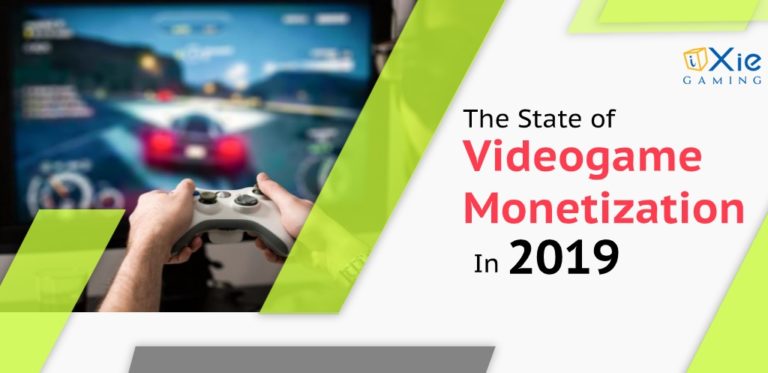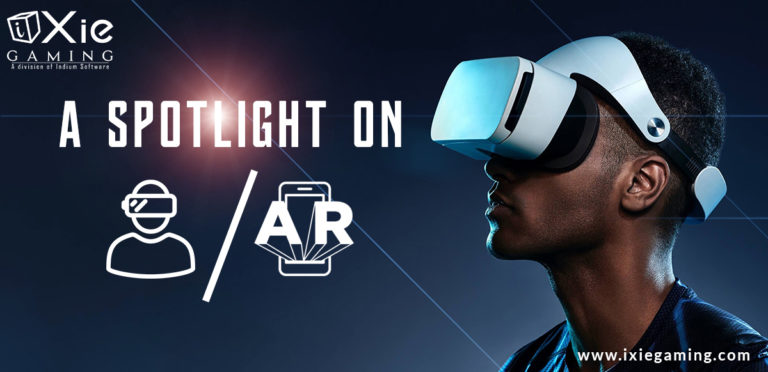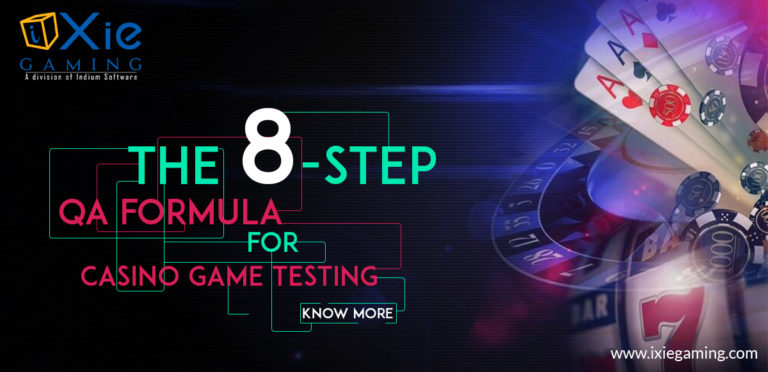The gaming sector is booming, with many players logging in daily to immerse themselves in battles against other players online. However, as this industry evolves, it has become more data-driven over time, with developers monitoring everything from in-game purchases to playtime. The emergence of predictive analytics is taking the gaming world to a new level as it aligns with the data-driven approach to game development.
But what is predictive analytics? And how is it shaping the future of gaming? Join us as we explore the revolutionary power of predictive analytics in gaming.
What is Predictive Analytics?
As the name suggests, predictive analytics has to do with forecasting the future. It involves using machine learning (ML) techniques and statistical algorithms to analyze massive datasets and forecast future outcomes.
In gaming, predictive analytics is widely used to optimize game design and forecast player behavior, ultimately driving better outcomes. For instance, if you’re launching a new game, you can use predictive models to analyze past player behaviors of hundreds of thousands or even millions of users. This enables the developer to anticipate the player’s expectations and how they will interact with the game. As a result, the developer can customize the game to address their needs, leading to better player engagement.

How is Predictive Analytics Shaping the Future of Gaming?
Here are several ways in which predictive analytics is revolutionizing the gaming industry:
1. Game Design
Game design is of utmost importance when creating a game. It ensures your game presents engaging yet achievable challenges to players. If your game design is poor, players may quickly lose interest or get stuck. This results in poor gaming experiences since games are designed to make players happy, not bored. But how does predictive analytics help in game design?
Well, predictive analytics can be used to analyze and optimize your game’s design. This ensures players enjoy challenges that are engaging and attainable. Predictive models analyze player data, including usage statistics, to identify game mechanics or levels that make players lose interest or get stuck. With those findings and insights, developers can make appropriate adjustments to keep players more engaged than ever. This results in better gaming experiences and helps maximize revenue as players spend more time playing the game.
2. Player Engagement
The gaming sector is highly competitive. With tens of games released daily, keeping players engaged and loyal to your game has become more challenging than ever. Relying on guesswork and intuition to devise ways to keep your players engaged is no longer effective. And that’s where predictive analytics comes in handy.
Gaming analytics solutions can analyze vast amounts of player data and discover trends that indicate player churn. For instance, if players usually log in daily but suddenly stop playing the game, this may be a warning sign that they’re no longer engaging with your game. Developers can identify such patterns immediately through predictive analytics. This allows them to incorporate measures to engage them before they forever lose their interest. For example, the developer can offer an incentive in the form of a gaming asset, like gems or coins, to encourage players to resume playing.
3. Fraud Prevention
Games have moved from traditional on-premises servers to cloud servers. This move has had significant benefits but also has presented a whole new set of challenges, especially related to security and fraud. As a result, developers have struggled to protect games against fraudulent activities, especially in today’s ever-evolving threat landscape. However, predictive analytics models are helping address fraud in the gaming industry. But how?
Well, predictive analytics can analyze vast amounts of data, including user behavior. This enables developers to quickly identify anomalous patterns that may indicate fraudulent activity in gaming. As a result, they can take appropriate measures to prevent these activities from going through. This helps maintain a fair playing experience for all players and protects the game’s integrity.

4. In-Game Purchases
The ultimate goal of a game developer is to generate revenue from their game while delivering a seamless gaming experience. In-game purchases are among the key revenue streams for developers. However, there are several in-game assets that players purchase, including gems and coins. But how do developers determine items that players will likely purchase? This can be challenging, but predictive analytics is poised to change this in the future.
Predictive analytics models can analyze player data from different player segments and highlight in-game items that players are most likely to purchase. For example, if a certain group of players tends to purchase more cosmetic products than others, the developer can leverage this information to personalize their marketing efforts. This increases the chances of the player buying the item.
How to Navigate the Future of Gaming with Predictive Analytics
Predictive analytics has unlocked many benefits in the gaming industry. However, it presents several challenges as it relies on ML-powered and statistical models. These models collect sensitive personal data, jeopardizing player privacy. Also, the data they are trained on may be biased, resulting in misinformed predictions. So, how will developers navigate these challenges and get the best value from predictive analytics?
Gaming companies and developers must navigate the thin line between leveraging data to enhance the gaming experience while respecting data privacy. For instance, they must ensure transparent data collection approaches. Also, they need to give players full control over their data and ensure they are aware of how the data is used. What’s more, predictive analytics models should be used ethically and responsibly. Therefore, implementing measures such as thorough data cleaning before using it to train these models is crucial. This way, developers can get rid of potential biases that may be perpetrated by predictive analytics models.
Final Thoughts
Predictive analytics has revolutionized the gaming industry. From empowering developers to deliver better gaming experience and engagement to preventing fraud, predictive analytics is shaping the future of gaming. While predictive analytics has many benefits in gaming, navigating the future of gaming with predictive analytics presents several challenges, including data privacy, bias, and security issues. Therefore, developers must devise strategies to ensure predictive analytics is used responsibly and ethically in gaming. This way, we can look forward to a future where predictive analytics plays a more critical role in gaming, giving those who use it a competitive advantage.
Frequently Asked Questions:
In gaming, predictive analytics is widely used to optimize game design and forecast player behavior, ultimately driving better outcomes. For instance, if you’re launching a new game, you can use predictive models to analyze past player behaviors of hundreds of thousands or even millions of users. This enables the developer to anticipate the player’s expectations and how they will interact with the game. As a result, the developer can customize the game to address their needs, leading to better player engagement.
Predictive analytics optimizes game design by analyzing player data to identify engaging yet achievable challenges, ensuring a better gaming experience and maximizing revenue.
Predictive analytics identifies player churn patterns, allowing developers to implement strategies to re-engage players before losing interest, such as offering incentives or rewards.
Predictive analytics analyzes user behavior to detect anomalous patterns indicative of fraudulent activity, enabling developers to take swift action to maintain fair gameplay and protect game integrity.






